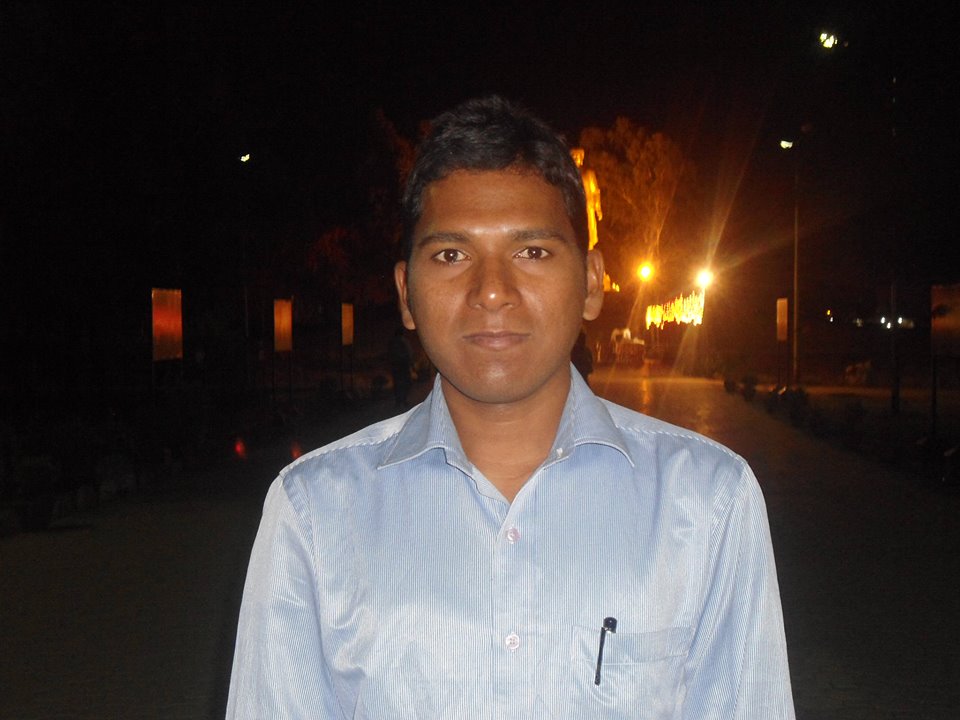Sheetal Dinkar Asha Kamble

The last 12 years’ experience of working on the issue of violence against women gave me the insight to deeply understand gender and caste politics. From 2007 to 2011, I worked with Maharashtra police on the issue of violence against women. I was placed at the Special Cell for Women and Children in the Office of Commissioner of Police in Mumbai. I have dealt with 440 cases of domestic violence, molestation and rape during that time. My whole journey of taking up cases regarding violence against women, and especially Dalit women, helped me gain an understanding about the caste and gender relationship.
This article aims to question many misconceptions about rape and the theory of social justice. I, a Dalit researcher, study the Hyderabad rape case where the accused were ‘encountered’ by police without following the democratic process of justice. It was an outburst of the community and the whole society looking at rape as a punishable offence. But due to the time-consuming process of justice, people feel that ‘encounters’ can create fear among the people for gender equality. The encounter happened and the whole picture of rape and justice was completely changed. However, rape laws are strong instruments to control the social behaviour of society.
Introduction
Rape in India is an anti-social phenomenon that not only threatens a particular individual but also the community and society. Women have a fear to move freely in social places because of all the burden of the social norms of the society. This is a social tactic used to control the lives of women. In India, we constantly hear and read the news of the rape of women in unsafe environments. All the violated environments are rigid in the social sense that women should follow the rule of Hindu society there.
Rape Case
The gang-rape and murder of a 26-year-old Hyderabad veterinarian shook the nation last week. The victim noticed a punctured tire as she went to her vehicle to return home from work around 8 p.m. She was about to leave her two-wheeler at the toll plaza and take a cab home when two men approached her and offered help to get her vehicle repaired.
The woman was then ambushed and dragged into the bushes by the accused, barely 50 meters from Tondupally toll plaza behind a line of trucks that were parked near the road. Her charred body was then found under an underpass the next morning.
The four accused had been arrested in the case and they had confessed to committing the offence. The accused doused the body after raping the doctor. The police claimed that the four accused were arrested within 24 hours of the crime.
The rape and subsequent murder of the doctor were sure to trigger great public outrage. People didn’t limit their anger to social media but several people took to the streets to protest and demanded ‘instant justice’. That kind of anger and the outburst of people is never seen towards Dalit atrocities. The question of women’s safety is not only related to the rape and murder cases but also exposes the harsh reality of caste in our society. There are Dalit women who are raped in public spaces, by the upper caste dominant men and burned alive. All cases of Dalit women have same gravity. But only some cases are highlighted by the media. Khairlanji was one significant case of caste-based violence in a village which was politicized by the state. As a Dalit Woman activist, I am taking a stand against the ‘Instant Justice’ in the rape case of Hyderabad.
On December 6th, 2019, the four accused men in the rape and murder case of a veterinary doctor were killed by the Hyderabad Police. Through this, the police sent another signal of disregarding the constitutional values of Indian democracy. Moreover, the publicity surrounding the ‘encounter’ and the attention it brought to the police and the state, who had failed in taking care of the citizens, serves as an advertisement for justice through undemocratic channels.
This does not in any way indicate that the problems that are affecting women are solved. The rape victim, who had the courage to fight for justice in Unnao was attacked and burnt alive while she was going to the court. The police remained silent in that case. The rape survivor had to go through a terrible situation because she chose to fight against powerful people. The final fatal attack happened on 7th December 2019, as a result of complete failure of justice system and the police in ensuring her protection and delivering her justice.
Justice will not be achieved through ‘encounters’. The current killing of the four accused will be used as a tactic to divert public attention from the structural problem of the police, judiciary, and overall administration.
Conclusion and Discussion
The purpose of this article is to understand the process of justice. As a Dalit Woman activist, I believe that there are misconceptions around the social issue of rape. While looking at the issue of rapes and murders, significance should be given not just on focusing upon sexual violence but also in addressing forces of dominance and subordination built around gender and caste. And with wider social expectations, such as the construction that women carry upon their bodies the honour of their communities, rape of a woman is the surest ways of defining the entire community.
Rape as a weapon of terror and subjugation in a situation of caste and gender and community conflict, custodial and state-sponsored murders by police, armed forces and paramilitary–have all been the concern of both theoretical debates and ground-level intervention.
The encounter of the accused is the starting point of public interest litigation to intervene in the case of rape and justice. The matter of more concern is to understand the role of police, judiciary, state and hear the invisible voice of the different castes and minorities who are still waiting for justice.
We need to go beyond the premises that ‘rape’ is a conscious process of intimidation by which all men keep women in a state of fear. Rape has been one of the means through which the social hierarchy and power relationships of caste and gender and class are maintained and nurtured in society.
~
References
1) Hyderabad encounter live updates: Telangana high court directs state government to preserve bodies of accused till December 9 – News in Times of India, Dec 06, 2019 – https://timesofindia.indiatimes.com/city/hyderabad/hyderabad-encounter-latest-updates-cyberabad-cp-vc-sajjanar-briefs-media/liveblog/72393239.cms
2) Hyderabad vet rape-murder case: Preserve bodies of accused till December 9, Telangana HC directs govt – News in The Indian Express, Dec 12, 2019 – https://indianexpress.com/article/india/hyderabad-vet-rape-murder-case-live-updates-telangana-police-encounter-accused-dead-6153126/
3) Hyderabad encounter: People shout ‘Telangana Police Zindabad’, shower rose petals on cops – News in Zee News, Dec 06, 2019 – https://zeenews.india.com/telangana/hyderabad-encounter-people-shout-telangana-police-zindabad-shower-rose-petals-on-cops-2250559.html
4) View: What the Hyderabad encounter tells us about the state of India’s democracy – News in The Economic Times, Dec 07, 2019 – https://economictimes.indiatimes.com/news/politics-and-nation/viewwhat-the-hyderabad-encounter-tells-us-about-state-of-indias-democracy/articleshow/72418960.cms
~~~
Sheetal Dinkar Asha Kamble is a research scholar in Tata Insititute of Social Sciences (TISS). Her research topic is ‘Caste based violence Against Women Case Studies of Dalit Women of Rural Maharashtra’. She had done her M. Phil earlier from the same institution. She presented papers at various conferences, and her papers have been published in reputed journals. She had worked with SAHELI, Special Cell for Women and Children (Government of Maharashtra) and Training of the Trainers programme of University student skill Development (NUSSD).










